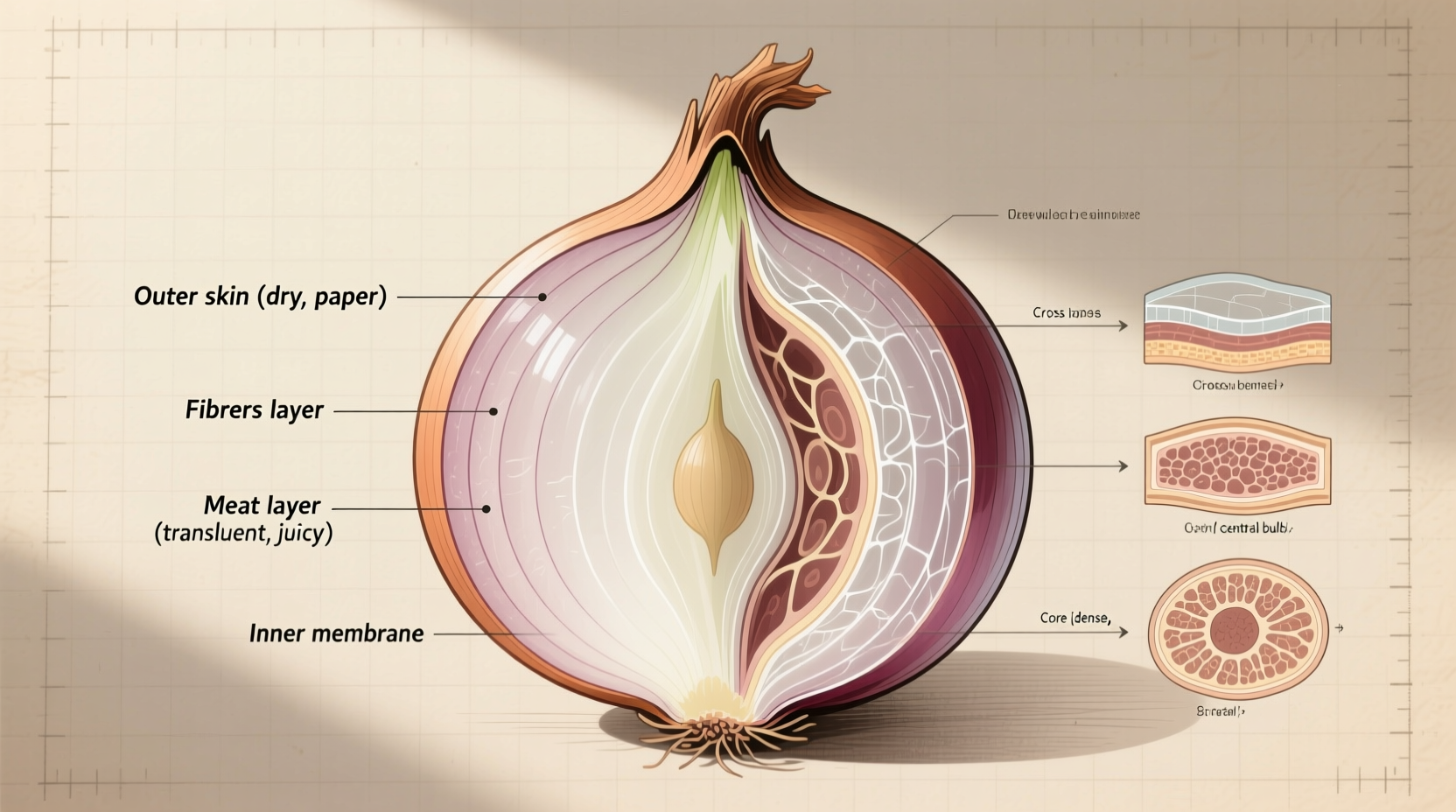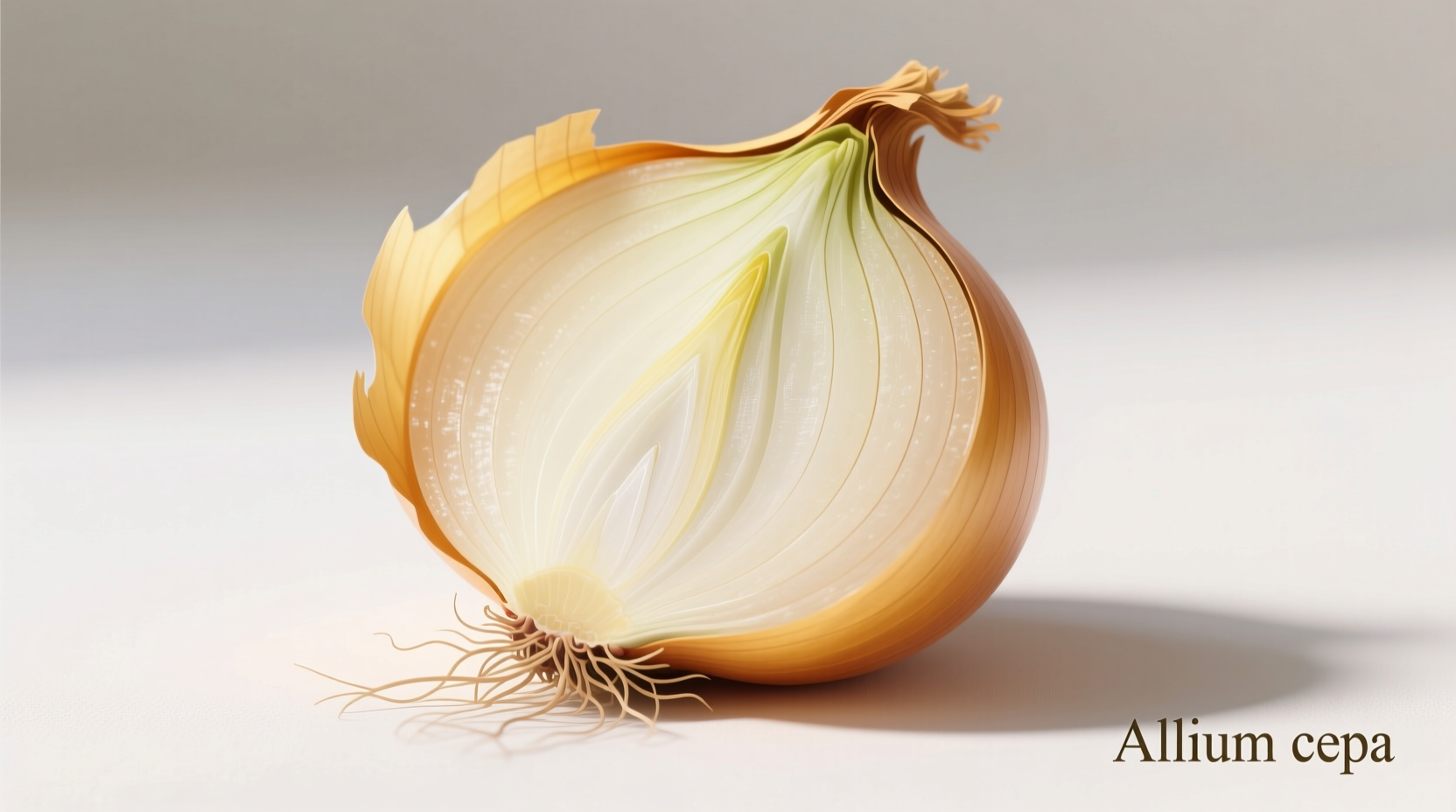Creating an accurate drawing of an onion requires understanding its unique layered structure and surface texture. This step-by-step guide provides professional techniques for capturing the distinctive appearance of this common kitchen vegetable, helping you develop essential observational drawing skills applicable to many botanical subjects.
Why Onion Drawing Matters for Artistic Development
While seemingly simple, drawing an onion offers valuable practice in several fundamental artistic skills. The onion's concentric layers teach artists about form and depth, while its papery skin provides excellent texture practice. According to the National Gallery's drawing resources, studying everyday objects like onions builds foundational observational skills that professional artists rely on.
| Onion Variety | Visual Characteristics | Recommended Drawing Approach |
|---|---|---|
| Yellow Onion | Golden-brown papery skin, distinct layers | Focus on warm-toned shading with cross-hatching |
| Red Onion | Purple-red outer layers, white interior | Use layered red and purple pencils for depth |
| White Onion | Pale skin, crisp white layers | Emphasize contrast between light and shadow |
| Shallot | Elongated shape, tighter layers | Focus on precise contour lines and subtle gradients |
Essential Materials for Drawing an Onion
You don't need expensive equipment to create a compelling onion drawing. Professional botanical artists typically use:
- Pencils ranging from 2H (light lines) to 6B (dark shading)
- Smooth, medium-weight drawing paper (90-140 lb)
- Soft eraser for subtle highlights
- Blending stump for smooth transitions
- Reference onion (real is best for accurate observation)
Step-by-Step Onion Drawing Process
Step 1: Establish Basic Shape and Proportions
Begin with a light 2H pencil to sketch the onion's overall shape. Notice that onions aren't perfect spheres—they typically have a slightly flattened base and a tapered top where the stem emerges. The Metropolitan Museum of Art's drawing curriculum emphasizes starting with basic geometric forms before adding details.
Step 2: Define the Layer Structure
This is where onions become interesting to draw. Unlike smooth vegetables, onions have distinctive concentric layers visible at the top and bottom. Draw these layers with light, curved lines following the onion's contour. Remember that layers become more compressed toward the center of the onion.

Step 3: Add Texture Details
The papery skin of an onion has unique texture characteristics. Use short, irregular strokes to capture the slightly crinkled surface. Focus on areas where the skin naturally wrinkles, particularly around the base and where layers separate slightly. Avoid making the texture too uniform—real onions have irregular surface variations.
Step 4: Create Depth with Strategic Shading
Position your reference onion under a single light source to clearly see shadow patterns. The key to realistic onion drawing is understanding how light interacts with the layered structure:
- Build up layers of graphite gradually, starting light
- Use the side of your pencil for broader shading areas
- Leave small highlights where light directly hits the surface
- Darken areas between layers for dimensional effect
Step 5: Refine and Add Final Details
Examine your reference onion closely for subtle details that bring realism:
- Small root hairs at the base
- Subtle color variations in the skin
- Imperfections like minor dents or discolorations
- Translucency where layers separate slightly
Common Onion Drawing Mistakes to Avoid
Even experienced artists make these errors when drawing onions:
- Overcomplicating layers: Too many distinct layers makes the onion look segmented rather than organic
- Ignoring light direction: Inconsistent lighting destroys the illusion of three-dimensionality
- Perfect symmetry: Real onions have natural asymmetries—embrace these imperfections
- Uniform texture: Onion skin has varying thickness and texture across its surface
Contextual Application: When to Use Different Onion Drawing Techniques
The appropriate drawing approach depends on your specific purpose:
- Botanical illustration: Requires precise scientific accuracy with attention to anatomical details
- Cooking illustration: Focus on recognizable form rather than perfect detail
- Artistic composition: Can emphasize texture and form over botanical accuracy
- Children's book illustration: Simplified shapes with exaggerated features work best
Practice Exercises to Improve Your Onion Drawing Skills
Develop your skills with these targeted exercises:
- 5-Minute Quick Sketch: Practice capturing the basic onion shape rapidly
- Layer Study: Draw just the top portion focusing exclusively on layer structure
- Texture Focus: Create a small square study of onion skin texture only
- Value Scale: Practice creating smooth transitions from light to dark on onion form
Advanced Onion Drawing Variations
Once you've mastered the basic onion drawing, challenge yourself with these variations:
- Draw an onion with partially peeled skin revealing inner layers
- Create a cross-section showing the internal layered structure
- Draw multiple onions together to practice relative scale and positioning
- Experiment with colored pencils to capture the subtle color variations











 浙公网安备
33010002000092号
浙公网安备
33010002000092号 浙B2-20120091-4
浙B2-20120091-4